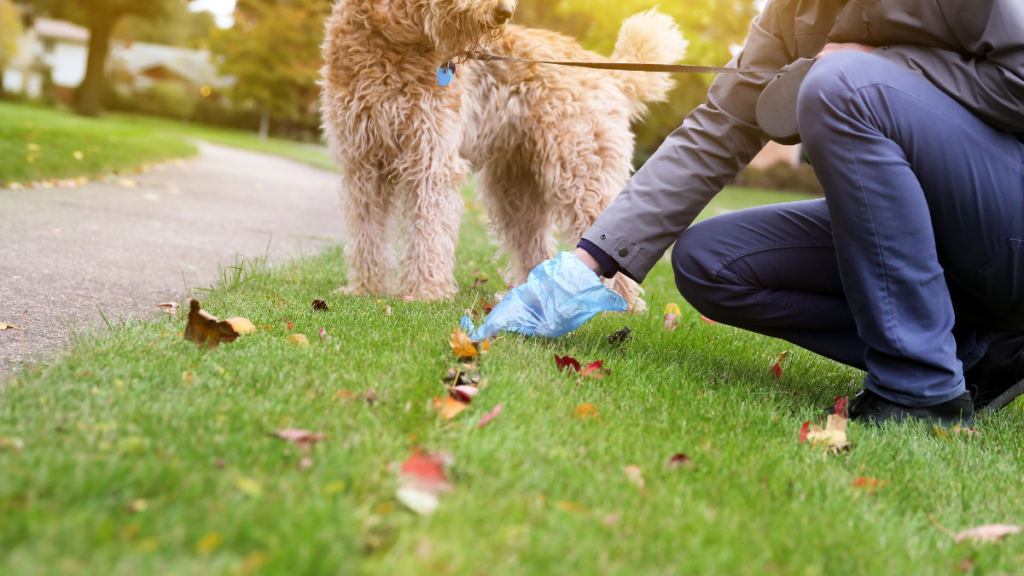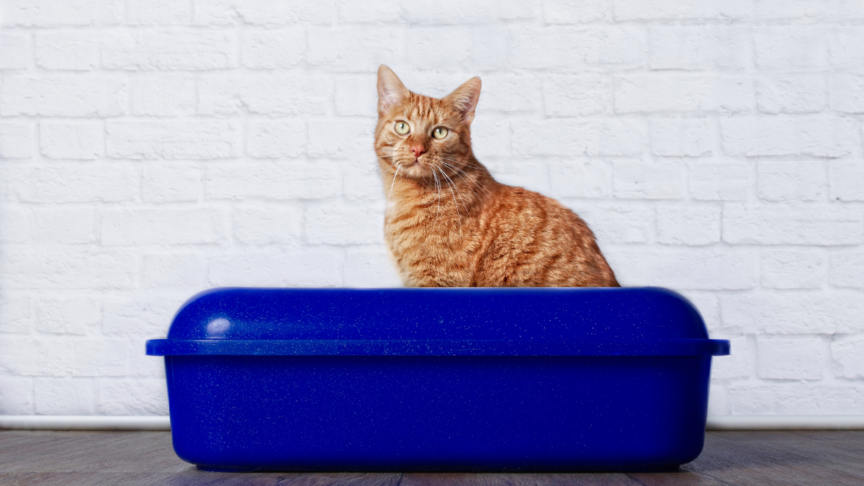Why You Should Become a Pet Poopologist
By Arden Moore Pro Pet Hero Instructor Director and Master Pet First Aid/CPR Instructor
How healthy is your pet? To be your pet’s best health ally, you need to start acting like a pet detective by looking for clues.
And, one of the most accurate ways to gauge your pet’s health is to pay attention to your pet’s daily feces deposits. Yes, poop does matter. That’s why in my veterinarian-approved pet first aid/CPR classes, I encourage my students to become poopologists.
It is vital to know your pet’s daily bathroom habits so you can catch any deviations early. I scoop all of the litter boxes for my four cats and pick up the poop from my three dogs in my fenced backyard on a daily basis. On the day of a veterinary appointment, I always bring in a fresh fecal sample that can be analyzed by my veterinarian. If you grab the feces in the morning and your appointment is in the afternoon, keep it fresh by sealing it inside a plastic bag in your refrigerator until it is time to head to the veterinary clinic. Fresh yields the most accurate results.
The Scoop on Poop Scoring

It may surprise you to learn that veterinarians score the quality of your pet’s feces on a scale of 1 to 7. The ideal score hovers between 3 and 4 in which the poop is log-shaped, slightly moist and chocolate brown. To help my students visualize this, I say it should look like a glistening Tootsie Roll.
However, if the poop resembles little dark rocks – a score of 1 to 2 – that could indicate your dog or cat is dealing with constipation and dehydration. Think of this exit product as Milk Duds. And, if the poop pours out in a runny manner, that would rate a score of 6 to 7 and indicate the pet is dealing with diarrhea triggered by perhaps spoiled food, stress or an underlying medical condition. This score resembles a stinky chocolate milkshake.
Deciphering the Hues of Poop
In addition, the color of the poop also offers clues. Veterinarians also take into consideration the color of the poop. Healthy poop is chocolate brown. Here is a rundown of red-flag colors of concern:
* Black could signal bleeding in the upper gastrointestinal tract.
* Greasy and gray could be due to a problem with your pet’s pancreas.
* Green could be from your pet eating grass or dealing with a gall bladder problem.
* Red in the stool may be blood from ruptured capillaries (tiny blood vessels) in the rectum if your pet overexerts while pooping. Or, it could indicate serious internal bleeding. Don’t wait – get your pet to your veterinarian.
* Orange or yellow could signal liver issues or an infection in the GI tract.
* White spots in the poop that look like grains of rice may be tapeworms.
* Looks like coffee grounds. If you see “grounds” and the poop emits a strong, stinky odor, those grounds may actually be dried blood. This may be due to internal bleeding and is a medical emergency that warrants an immediate veterinary visit.
If you spot slimy mucus in your pet’s stools, use your pet detective skills. The culprit may be due to parasites in your pet’s GI tract or changes in your pet’s environment that causes him to feel scared, anxious or uneasy. Changes in routine like you going on vacation, adopting a new pet, boarding your pet or moving into a new home are among key triggers that can take a toll on your pet’s otherwise healthy constitution.
And, that’s the scoop on your pet’s poop!
Learn more on ways to keep your dogs and cats safe by visiting http://www.propethero.com. Consider taking our veterinarian-approved online pet first aid/CPR course. Enter this code: CPR – ARDEN MOORE and receive a 10 percent discount! And, if you are interested in becoming a Pro Pet Hero instructor, please click on the BECOME AN INSTRUCTOR button on the home page for more details.

